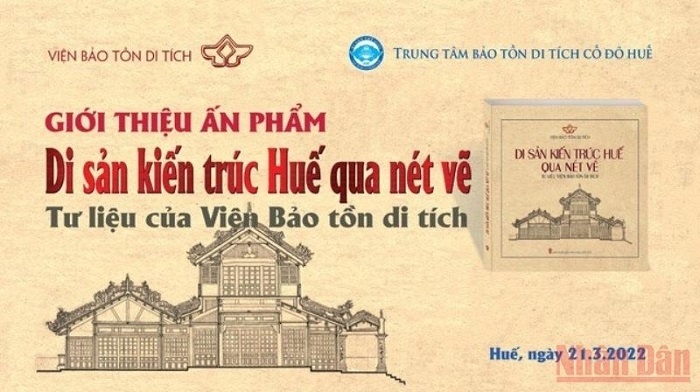The Hue Monuments Conservation Centre reports that Hue’s architectural heritage showcases a remarkable assortment of buildings and structures, such as ramparts, palaces, temples, mausoleums, pagodas, and houses. These structures represent the distinct architectural types and styles of Vietnamese feudal dynasties.
Since the early 1980s, the Institute of Monuments Preservation has undertaken restoration projects for Hue’s historical sites. Despite the absence of historical documents containing detailed construction drawings and plans, the project members have meticulously measured and manually developed the drawings without any technical assistance.
The publication titled “Hue Architectural Heritages Through Strokes” showcases seven sets of drawing documents for various constructions, including Ngo Mon (Noon Gate), the Trieu Mieu relic site, Hien Lam Pavilion, Ta Vu-Can Chanh Palace, Thai Binh Lau (Royal Library), Du Khiem Pier, and the Xung Khiem floating pavilion. These drawings were created by the dedicated staff of the Relics Preservation Institute over four decades ago, representing the initial sketches reflecting the intricate construction of these relics. These drawings have significantly contributed to the preservation of the cultural heritage and unique architecture of Hue Imperial City.
The book’s introduction aims to highlight the Relics Preservation Institute’s ongoing efforts in safeguarding and promoting Hue’s treasured heritages. It also serves as a valuable reference for cultural researchers, managers, and enthusiasts of Hue’s heritage and architecture.




